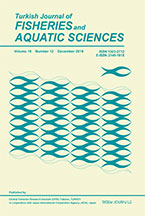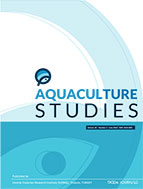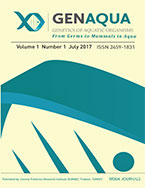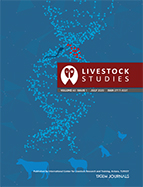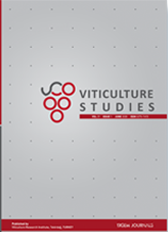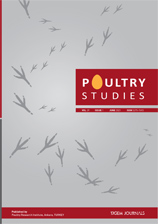Horticultural Studies (HortiS)
2025, Vol 42, Num, 1 (Pages: 033-040)
Effectiveness of Four Rootstocks against Fusarium wilt, Yield and Quality in Cucumber
Rana KURUM 1 ,Mine ÜNLÜ 1 ,Emine GÜMRÜKCÜ 1
1 Batı Akdeniz Agricultural Research Institute, 07100, Antalya, Türkiye
DOI :
10.16882/HortiS.1617267
Viewed :
750
-
Downloaded :
450
Fusarium crown root rot caused by Fusarium solani is one of the most
important diseases that limiting cucumber cultivation all around the world.
There is more than one way to deal with this disease, but sometimes these
practices may be insufficient. For this reason, the use of resistant varieties
and rootstocks gains importance in the control of soil-borne diseases. The
objectives of this study are to determine the resistance of breeding
materials to Fusarium and to evaluate their rootstock performance and to
reveal their effects on fruit yield and quality. To determine the Fusarium
resistance level, 48 breeding materials were tested and four moderate
resistant materials were grafted onto the hybrid Gordion variety. The effects
of grafted plants on fruit yield and vegetative growth were evaluated. Early
yield was also significantly higher in grafted plants than in the ungrafted
control. Strongtosa had the highest fruit per plant, followed by RS 841 and
13×18 hybrid rootstock. Although higher yields were generally obtained in
grafted plants compared to the control group. Additinally fruit length, fruit
diameter, fruit shape index, fruit firmness and panel test were evaluated in
grafted plants. These materials used as rootstocks increased plant growth
and yield.
Keywords :
Biotic stress Cucurbits Grafting Resistance Variety



